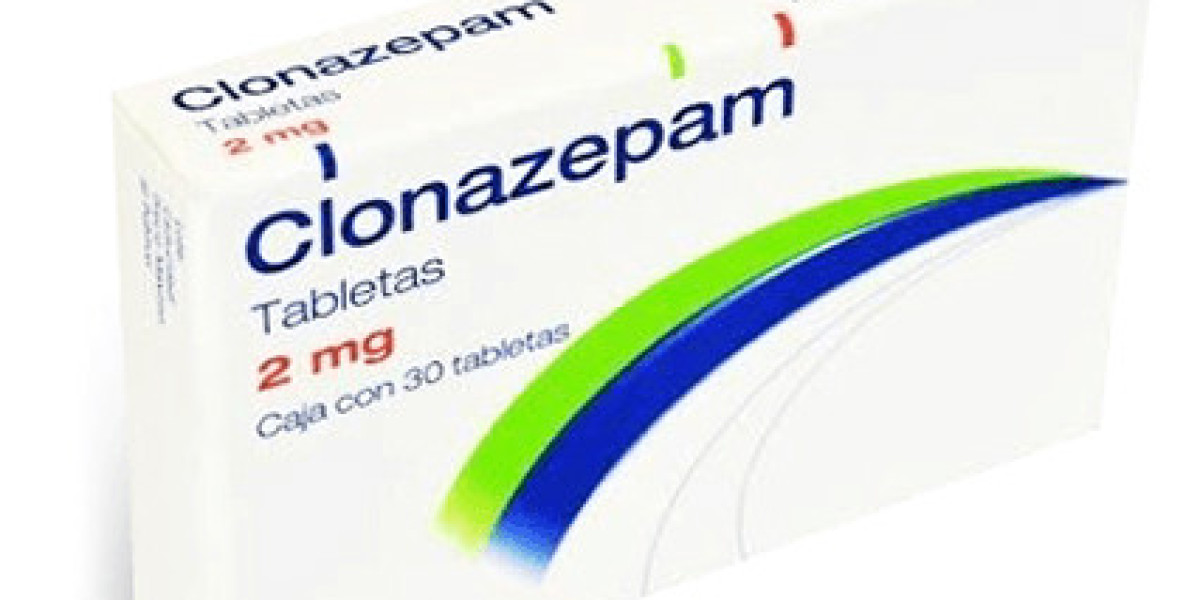The thermal transfer ribbon is a fundamental component in modern printing technology, widely used across industries to create high-quality, durable prints. The thermal transfer ribbon acts as an intermediary layer that carries ink from the ribbon to the substrate using heat. Whether in logistics, healthcare, retail, or manufacturing, the thermal transfer ribbon is essential for producing legible, long-lasting labels, barcodes, and tags.
Composition of Thermal Transfer Ribbon
A standard thermal transfer ribbon is composed of multiple layers designed for optimal printing performance:
Base Film Layer: The structural backbone of the thermal transfer ribbon, typically made from polyester, providing stability during high-speed printing.
Ink Layer: The functional component of the thermal transfer ribbon, formulated from wax, resin, or a hybrid wax-resin material. This layer determines the durability, smudge resistance, and substrate compatibility of the thermal transfer ribbon.
Protective Coating: Some advanced thermal transfer ribbons include an anti-static or release coating to prevent damage to the printhead and enhance print quality.
The quality and composition of the thermal transfer ribbon directly affect the adhesion of ink, print resolution, and resistance to environmental stressors.
Types of Thermal Transfer Ribbon
There are three main types of thermal transfer ribbon, each designed for specific applications:
Wax Thermal Transfer Ribbon: Ideal for paper labels and short-term use, the wax thermal transfer ribbon produces sharp prints but is less resistant to abrasion.
Resin Thermal Transfer Ribbon: Engineered for synthetic substrates, resin thermal transfer ribbons provide exceptional durability against chemicals, heat, and UV exposure.
Wax-Resin Thermal Transfer Ribbon: Combining properties of both wax and resin, these thermal transfer ribbons offer a balance of print quality and longevity, suitable for a wide range of substrates.
Choosing the right type of thermal transfer ribbon is crucial to ensure high-quality, long-lasting prints.
How Thermal Transfer Ribbon Works
The thermal transfer ribbon operates through a process in which heat from the printhead melts or sublimates the ink layer, transferring it onto the substrate. The effectiveness of the thermal transfer ribbon depends on three main parameters:
Printhead Temperature: Correct heat ensures proper ink transfer from the thermal transfer ribbon.
Substrate Compatibility: The thermal transfer ribbon must match the material being printed for optimal adhesion.
Ribbon Tension and Speed: Proper tension prevents wrinkles and ensures smooth ink transfer from the thermal transfer ribbon.
Failure to optimize these parameters can lead to incomplete prints, smudging, or damage to the thermal transfer ribbon.
Applications of Thermal Transfer Ribbon
The thermal transfer ribbon is widely used across multiple sectors due to its reliability and durability:
Healthcare: For patient wristbands, pharmaceutical labels, and laboratory sample identification, the thermal transfer ribbon ensures critical information remains legible under harsh conditions.
Logistics and Supply Chain: The thermal transfer ribbon is used for barcodes, shipping labels, and inventory tags, providing long-lasting prints that withstand handling and transportation.
Retail: Price tags, promotional labels, and inventory markers are printed with thermal transfer ribbons for high visibility and durability.
Electronics and Manufacturing: Product identification, component labeling, and compliance tags are printed using high-performance thermal transfer ribbons that resist abrasion, chemicals, and heat.
Advantages of Thermal Transfer Ribbon
Using a thermal transfer ribbon provides several benefits:
Durability: Prints created with a thermal transfer ribbon resist fading, abrasion, and chemicals.
High Resolution: The thermal transfer ribbon produces crisp, sharp text and images suitable for barcodes and QR codes.
Versatility: Compatible with paper, polyester, polypropylene, and other substrates, the thermal transfer ribbon adapts to multiple applications.
Regulatory Compliance: Labels printed with thermal transfer ribbons meet industry standards for traceability and durability.
Cost-Effectiveness: High-quality thermal transfer ribbons provide long-lasting prints, reducing waste and reprinting costs.
Choosing the Right Thermal Transfer Ribbon
Selecting the correct thermal transfer ribbon involves considering several factors:
Substrate Type: Paper, synthetic, or coated materials require different thermal transfer ribbons.
Environmental Conditions: Exposure to chemicals, heat, or UV light influences the choice of thermal transfer ribbon.
Print Requirements: High-resolution graphics and barcodes require a compatible thermal transfer ribbon formulation.
Printer Compatibility: Ensure the thermal transfer ribbon matches the printer’s specifications for optimal performance.
Future Developments in Thermal Transfer Ribbon Technology
The thermal transfer ribbon industry is evolving with innovations in eco-friendly materials, high-performance inks, and automated printing systems. Modern thermal transfer ribbons are designed to minimize environmental impact while maintaining exceptional print quality. The integration of recyclable backings, solvent-free inks, and energy-efficient printing systems demonstrates the ongoing evolution of thermal transfer ribbon technology.
Conclusion
The thermal transfer ribbon remains a cornerstone of high-quality printing technology. Its ability to deliver durable, precise, and versatile prints makes the thermal transfer ribbon indispensable across industries. Understanding the types, composition, and applications of thermal transfer ribbons ensures optimal printing performance and long-term reliability. As technology progresses, the thermal transfer ribbon continues to adapt, combining sustainability with superior functionality to meet the demands of modern labeling and identification needs.






